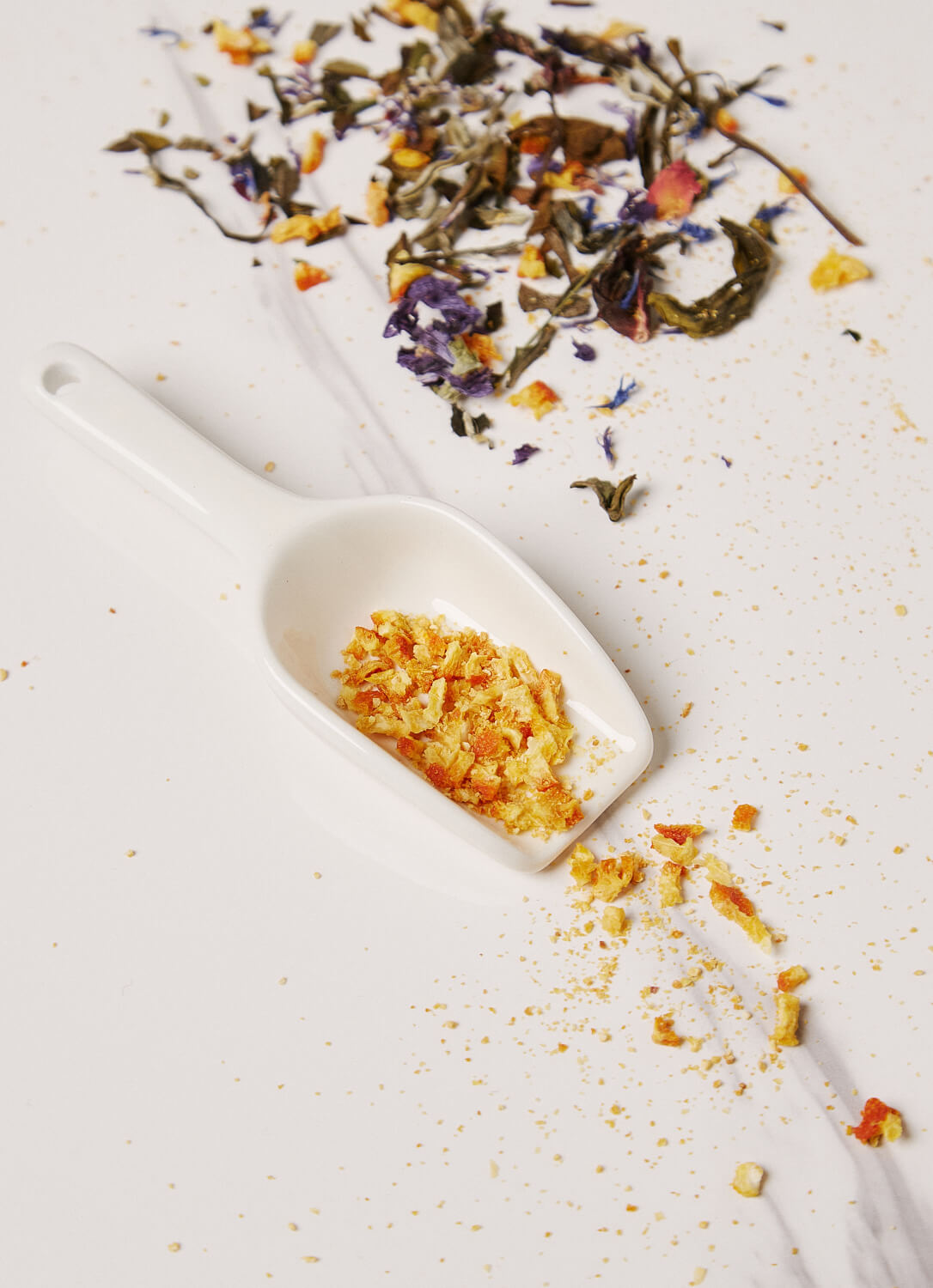Dehydrated products are those edible items that naturally contain a high percentage of water, but through natural or artificial methods, most of this water is removed. This process enhances some of their nutritional qualities and extends their shelf life.
In recent years, dehydrated products have become a public favorite due to their ease of consumption and delicious taste. Contrary to the common belief that only fruits can undergo this extreme physical transformation, more chefs are now incorporating the technique into dehydrated vegetables like onions, as well as meats, eggs, fish, and even milk.
Throughout history, the technique of dehydration has been a vital method for humanity to preserve food during times of scarcity. Vegetables, grains, and fruits were dried in the sun to extend their usability. Today, two specific methods are primarily employed, tailored to the properties of the food being processed:
- Dehydration: This process reduces water content by exposing food to artificial heat, such as pre-heated air or hot surfaces.
- Drying: The key difference lies in the use of natural methods, such as sunlight, wind, or other environmental conditions.
Characteristics of Dehydrated Products
Some essential characteristics of dehydrated products include:
- By removing a high percentage of water, the risk of contamination is significantly reduced. This makes dehydration primarily a preservation method, ensuring foods last longer.
- They are highly portable since they are not considered fully perishable and do not require special containers to withstand temperature or humidity, unlike canned goods.
- They make excellent snacks or spreads. For example, apricots, raisins, figs, bananas, and even cranberries are perfect as side dishes or sauces for your meals.
- The flavors of foods become more intense.
- They allow us to preserve food surpluses that we don’t have time to consume fresh.
- Dehydration is ideal for preserving seasonal foods. For instance, tomatoes can be dehydrated during their peak season and enjoyed throughout the rest of the year.


Common Questions About Dehydrated Products
While there is a possibility of losing water-soluble vitamins like A and C due to their sensitivity to high temperatures, this can be mitigated by using dehydrators that do not exceed 45°C (113°F) or opting for natural drying methods like sunlight.
In fact, dehydration often intensifies flavors due to the concentration of nutrients and the shrinking of the product. This makes dehydrated foods a staple in many diets, allowing people to enjoy their benefits without the need for preservatives.
A well-designed dehydration process ensures only water is removed from the food. Higher temperatures can lead to the loss of essential nutrients, such as vitamins, fiber, and minerals found in fruits and vegetables. Foods dehydrated at or below 45°C are considered raw, meaning they retain their nutritional values.
Dehydration was originally developed as an effective food preservation method. Today, it remains an excellent way to store seasonal fruits and vegetables for later use. Removing most of the water creates an environment unsuitable for microorganisms to thrive.
Dehydrated foods can typically be consumed 6 to 12 months after production, and in some cases, even longer.
Store them in airtight containers to prevent ambient moisture from softening the food and allowing microorganisms to grow.
Although the terms “dehydration” and “drying” are often used interchangeably, they are not identical. Dehydration involves a controlled process, while drying depends on weather conditions. While drying is cheaper, dehydrated products are of higher quality.
Dairy products are generally not safe for dehydration due to the high risk of foodborne illnesses. However, commercial alternatives exist, such as powdered butter, powdered milk, powdered sour cream, and powdered cheese.
Would you like to stay updated on all the dehydrated citrus products and their applications for your dishes? We encourage you to follow all the news on our blog.





